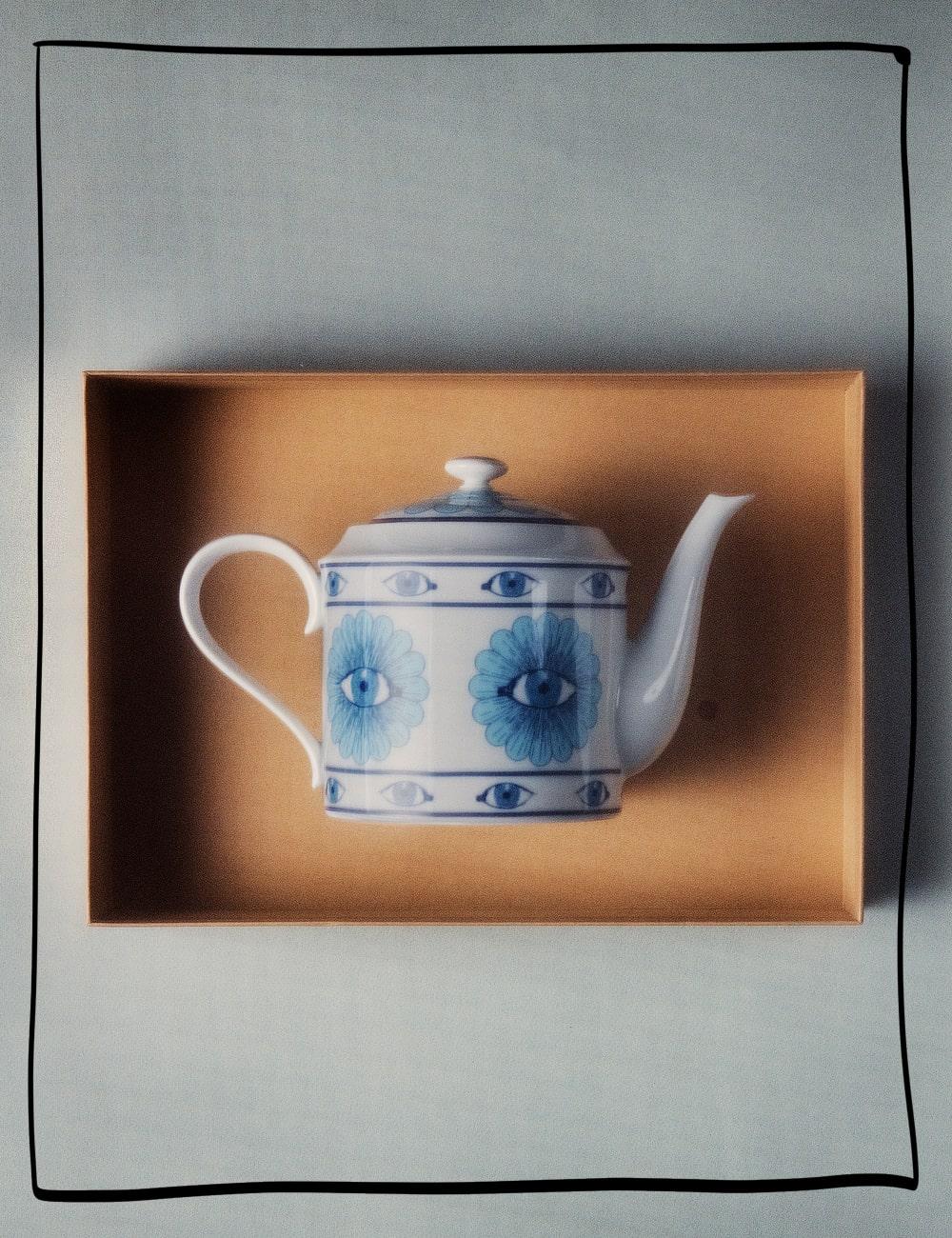Find the Good Light with Liberty's Bedside Lighting Ideas
Looking for ideas to invoke a sense of calm with your bedside lighting? These simple tips will help you to set the scene for the perfect sleep
Read more
Find the Good Light with Liberty's Bedside Lighting Ideas
Looking for ideas to invoke a sense of calm with your bedside lighting? These simple tips will help you to set the scene for the perfect sleep
By: Charlotte Olby
Turning your bedroom into your own personal retreat requires some time and effort: choosing the best bedding, organizing your bedside table and even curating your night time skincare routine are all key ingredients to achieving the greatest night's sleep. But wait! The missing piece of the puzzle might be our bedside lighting ideas. Effective lighting is essential for creating a sleep space that visually inspires, lulls you off to sleep and brightens your mornings. Liberty shows you how to shed some light on the situation.
Read More: Helpful Ideas for Organising Your Nightstand
Make Your Choice
So where to begin? Your first big decision is choosing if you are in Camp Table Lamp or Camp Wall Sconce. Both are equally great options and can completely transform the way that your bedroom looks and feels - keep scrolling for our guide to choosing which bedside lighting suits your room best…
A Whole New Light
An integral part of any good interior scheme - from bedroom to boardroom - is a considered lighting setup, with a mix of overhead and low-level lighting to get the vibe just right. If your nightstand has available real estate, a table lamp is the perfect companion to both your morning and evening schedule. Your bedroom is all about atmosphere, and, considering your bedside lights will likely be some of your most used lamps in your home, it’s important to get the choice right. A pair of lamps will work to create an ambience when used alongside multiple light sources hung at different heights in your room - a trick known as light layering.
Read More: How to Dress a Bed You'll Never Want to Leave
The classic arrangement of bedside table lamps doesn’t always work for everyone, particularly if space is limited - instead, think vertically and consider creating a focal point with lighting from above. Pendant lights that drop down from the ceiling are a great space-saving hack if your bedside table is too laden with unread books, sleep sprays and various glasses of water. Flanking your bed, a pair of matching pendants either side can help to zone your sleep space while casting soft light, while matching wall scones will help to create an ambient glow. For those that like to read or journal in bed, an additional task lamp might be a no-compromise requirement for your night-time routine and will work in harmony with overhead lighting.
How To Choose The Right Lampshade
Throw Some Shade
Of course, lighting isn’t just functional - it also lends itself as a beautiful addition to your bedscape. If you’re worried about picking the wrong size or creating a clash, the determining factors when selecting a shade for your stand lies with two things: the decor of your room, and the lamp base.
If you’re working with a bottle or urn-shaped lamp then a drum shade will compliment best whereas tall and thin stands are best paired with a sleeker, more tapered shape. Have fun with the aesthetic of your nightstand by choosing complimentary shades to your scheme - Coco & Wolf and BeauVamp have collaborated to create an eccentric cottagecore moment with the D’Anjo Pink Tiffany Ruffle Lampshade, while LovingSTRING have perfected the stripe trend du jor with their Large Drum Lampshades.
Read More: How to Get a Good Night's Sleep
Liberty’s Lampshade Laws
A too-small shade can look like it's teetering on top of the stand, while it is equally important that the lampshade is large enough to hide the bulb without overshadowing your chosen base.
Here’s the rules:
1. The shade should always be wider than the widest part of the base
2. The height of the shade should be about three-quarters of the height of the base
3. Look to the shape of the base, and seek a shade with a similar silhouette
4. The more light required, the larger you want your shade to be
5. Finally, hide the hardware










